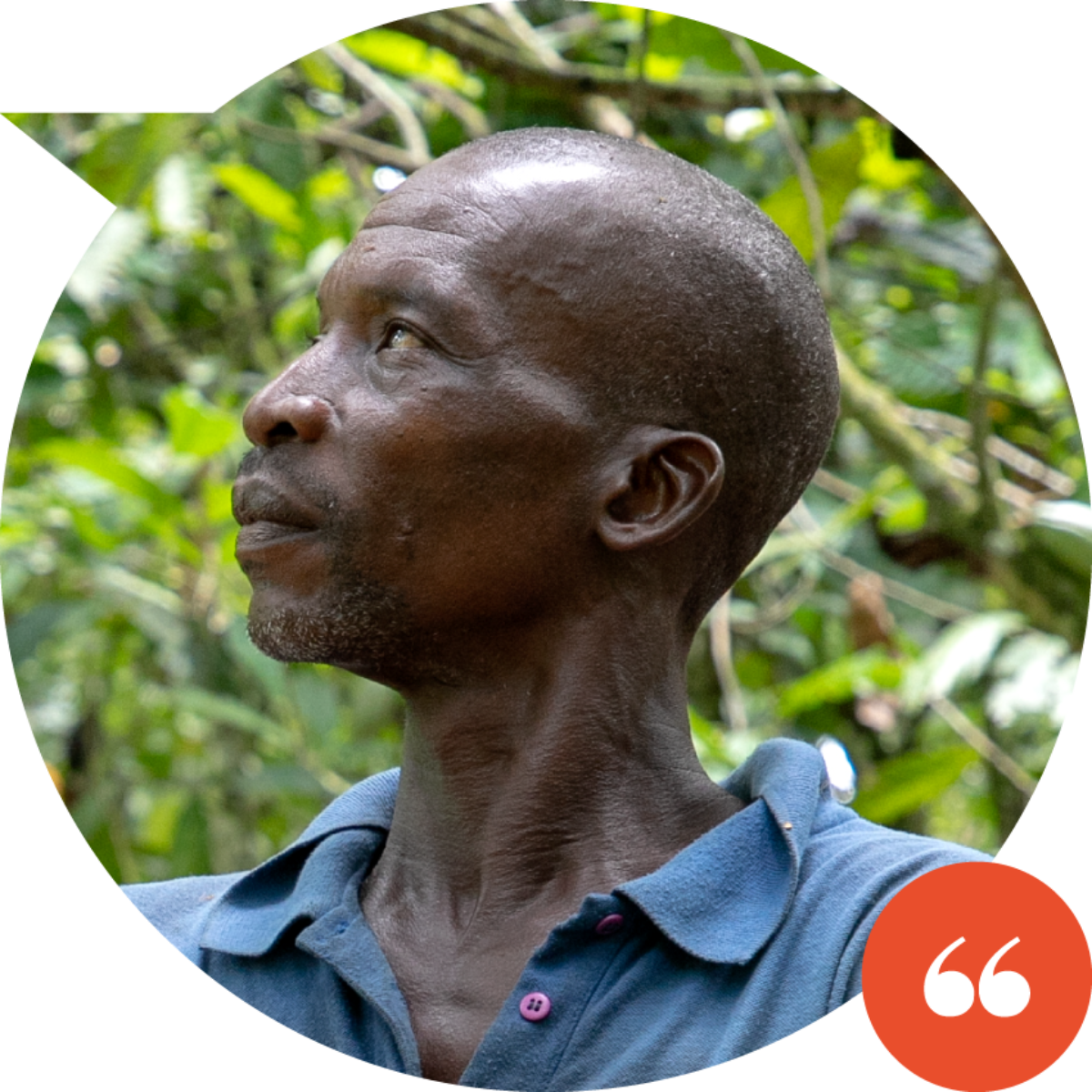Share
Follow #ForTheForests across social media platforms to learn more about the importance
of forests and healthy forest landscapes.
We rely on forests for clothes, paper, energy (biomass), and many other aspects of our daily lives. It is estimated that nature provides services worth at least $125 trillion a year, but forests and biodiversity are facing an alarming decline. Healthy forests mean a healthy planet, and businesses can play a role in regenerating key forest ecosystems through collaborative, strategic action.

About 10 million hectares of forest are lost a year – an area the size of South Korea. As a result, one million animal and plant species are threatened with extinction.

Forests maintain our climate, store carbon, and provide food, wood and medicine. Forests clean our air and water, prevent soil erosion, floods and landslides. They are also home to over 80% of land species, including pollinators and other keystone species.

Agriculture accounts for 80% of tropical deforestation, which supports the demand for beef, soy, palm oil, cocoa, paper, packaging, cosmetics and other product.
What are the key focus areas and challenges for a company in its responsible sourcing journey?
In this video, David Croft, Reckitt's Global Director of Sustainability, Environment and Human Rights discusses some of the key learnings the UK multinational has had in the past decade.
From its foundation as Tropical Forest Trust (TFT) in 1999, forest conservation, responsible use and the work to identify and tackle deforestation by harnessing the power of supply chains and working to impact people on the ground positively have been at the heart of the mission of Earthworm Foundation.








Listen to Rob McWilliam – forester and Earthworm's Director of Technical Services – discuss the future of forests and what we must focus on to protect and restore them.
To tackle climate change and reduce carbon emissions we must protect and restore forests.
Forest protection only works if communities, farmers and workers, who rely on the forests, are empowered to protect them.
Ensure long-term sustainability and independent transformation by working with key public, private sector, and civil society actors to build local capacity and participatory governance.
How can businesses have a positive impact in the regions they source from? Bastien Sachet, CEO of Earthworm Foundation, explains how Earthworm Foundation works with businesses to protect and regenerate forests. Learn about our approach to regenerating key sourcing regions below.

Looking for corporate guidance to improve the wellbeing of forests in your sourcing areas?
“There is nothing here. No factories. No companies. We have to do this to get by.”
- Cocoa farmer (Leonkro, Ivory Coast)
If the cocoa plantations inside the forest are destroyed, some say it will cut a lifeline for them and their families. Léonkro is a makeshift village that provides temporary homes for people who come from far and wide to plant cocoa and other crops in and around the Cavally Reserve.
His words go to the heart of the challenge faced by those trying to end the destruction that cocoa farming inflicts on Ivory Coast’s forests.


"Fluctuating prices of palm oil and rising living costs have made me think about the costs and how to supplement my income with alternatives to palm and rubber."
- Jonimon Tinggu (Sabah, Malaysia)
Sabah is Malaysia's second largest palm-producing state, with over 1.35 million hectares of planted area and supplying 6.2% of global palm oil in 2020. Agriculture and forestry sectors have been the primary drivers of both development and deforestation, with 11% of primary forest lost between 2002 and 2020.
Earthworm has been working alongside local stakeholders to support farmers and subsequently alleviate some of the pressure on forests.
Earthworm Foundation and its partners are working to bring health back to key forest landscapes around the globe. Click on a region to learn more about some of these projects:
Productive forests
Productive Forests cover more than 1 billion hectares worldwide – that’s 30% of all forests on Earth. They are designated to produce commercial products like timber, pulp, and wood pellets. But they are much more than tree farms - they include some of the World's most biodiverse and carbon-rich ecosystems and are home to many millions of forest-dependent people. Unfortunately, these forests face multiple serious threats. Climate change, land-use change, and our ever-increasing demand for forest products are driving deforestation and deep degradation of ecological values.
Tropical forests
The largest threat to tropical forests is agricultural expansion, which accounts for about 80% of tropical deforestation. Forests are cleared to support our growing population’s demand for beef, soy, palm oil, cocoa, paper, packaging, and other products. As supply chains are complex, solutions need to be focused on creating forest-positive solutions to reverse these trends.
In a world where the demand for traditional forest products persists alongside the emergence of newer alternatives, the pressing question of balancing sustainable production with forest landscape preservation looms large. How do we ensure that ecological, social, and carbon values remain intact while meeting demand?
The Healthy Forest Landscapes (HFL) is an innovative methodology developed by Earthworm Foundation to address this pressing question. Designed to provide a transparent evaluation framework adaptable to various forest types and geographies."It's not about the amount of money; it's making sure the money gets to the right place."
Join Charlotte Opal, the founding Executive Director of the Forest Conservation Fund (FCF) and Earthworm's Director of Memberships and Partnerships as she speaks about the challenges in forest protection, working with communities, forest-positive, and more.
'What does a 90% deforestation-free supply chain mean? It means 10% of your supply chain is still linked to deforestation. But that's just a figure on a report. But concretely, what does that mean?'
Some of our Supply Chain Analysis team members speak about combining Starling (our satellite monitoring solution we co-developed with Airbus) and supply chain data to help supply chains of large companies prioritise forest protection and conservation actions with their suppliers across various raw materials.

Looking for support to better define your corporate sustainability targets and how to achieve them?

Unhealthy soil can contribute to greenhouse gas emissions and threaten food security. Businesses can play a vital role in improving food production and mitigating climate change. Join us as we share strategies and solutions for supporting farmers and soil health.
To truly see the value soil holds, we need to #LookDownToo